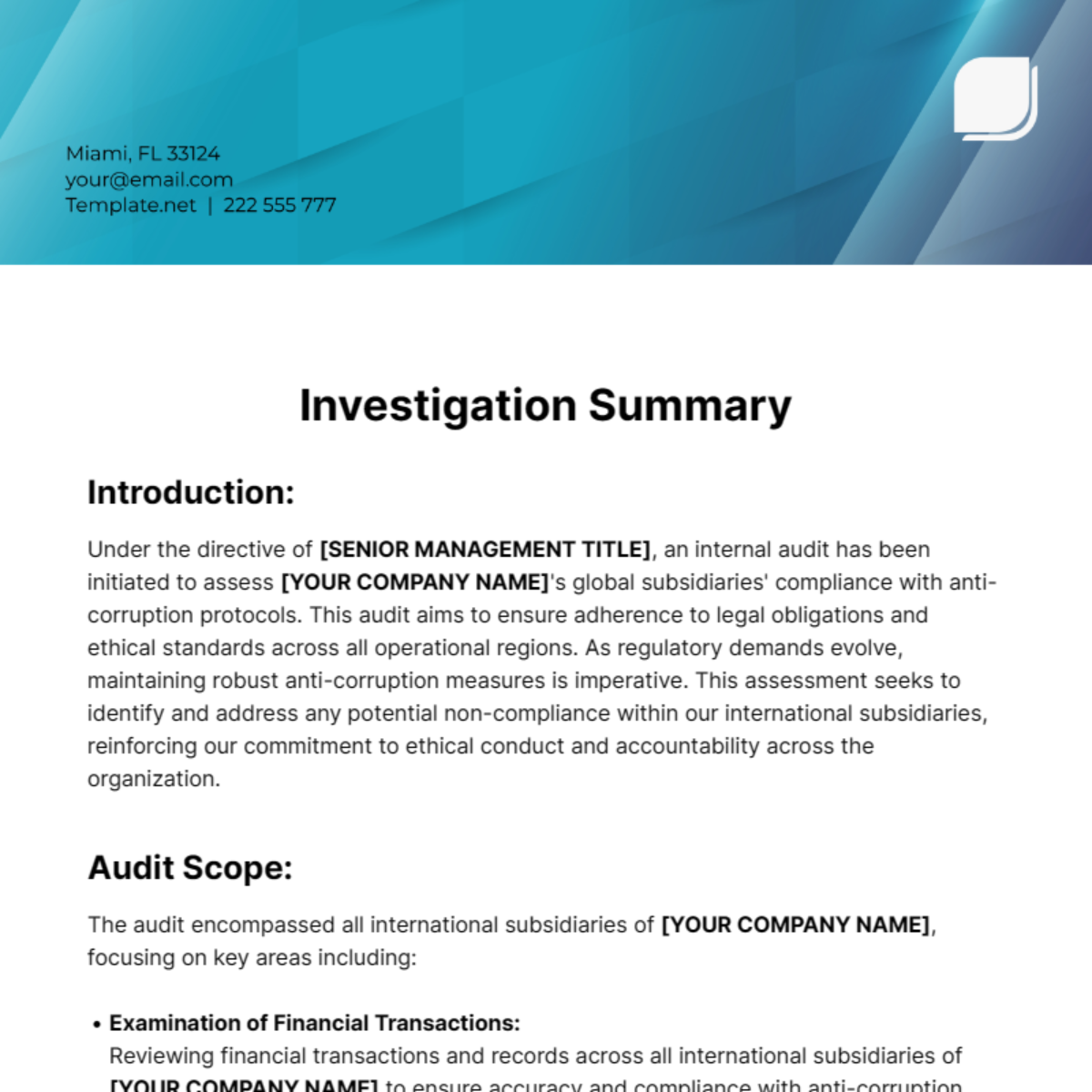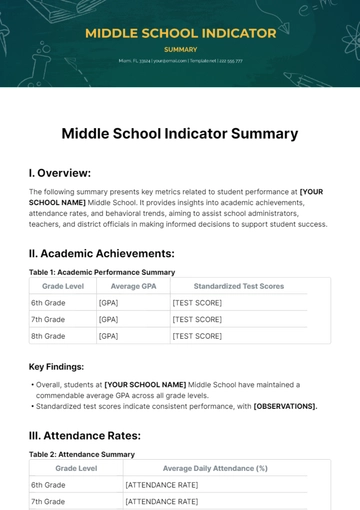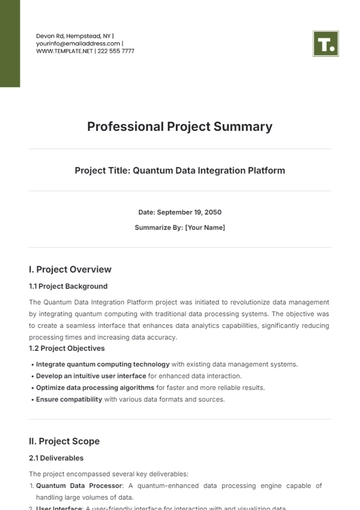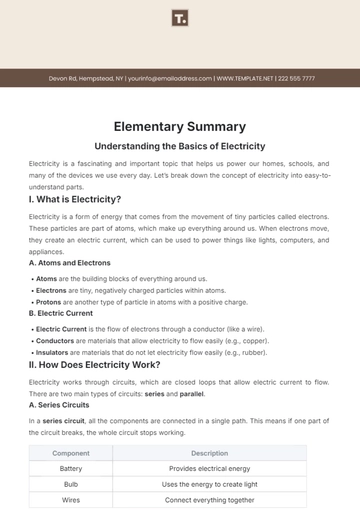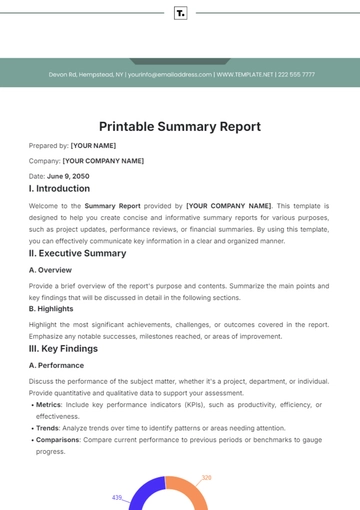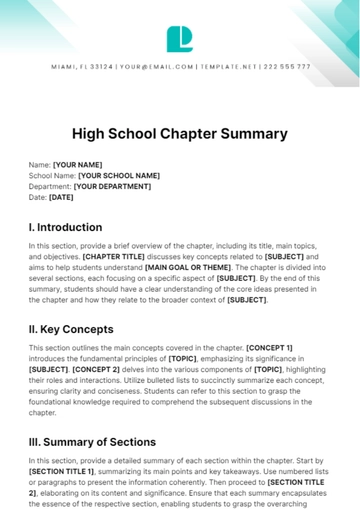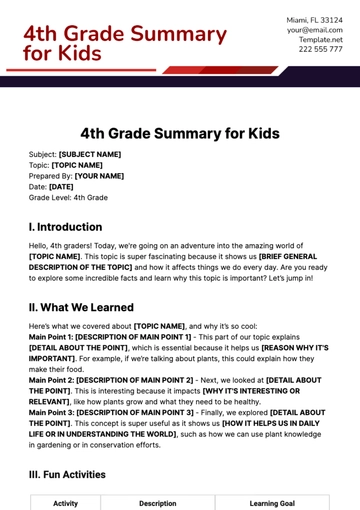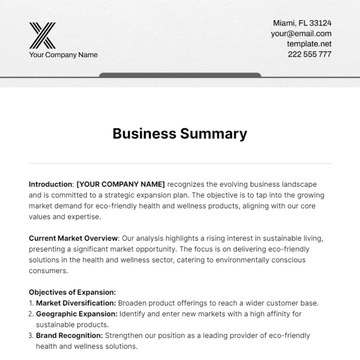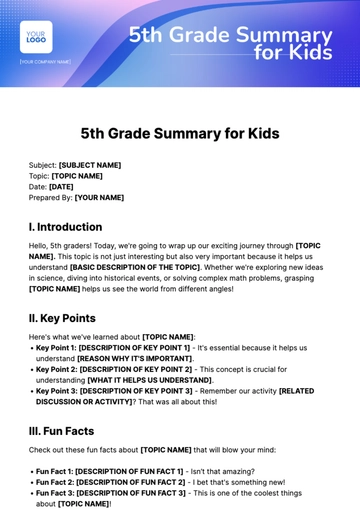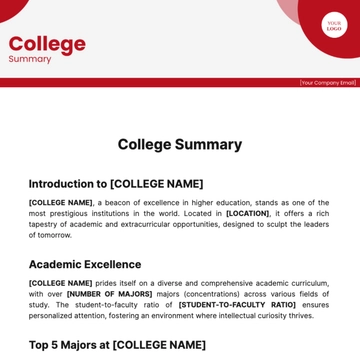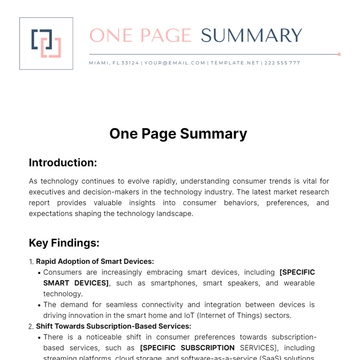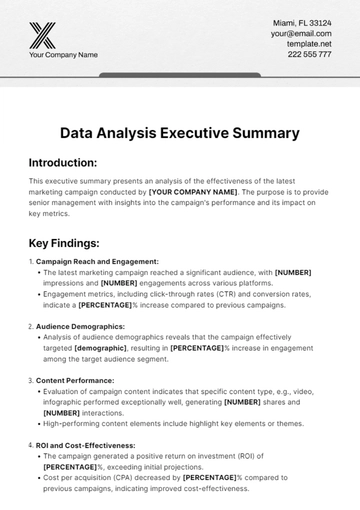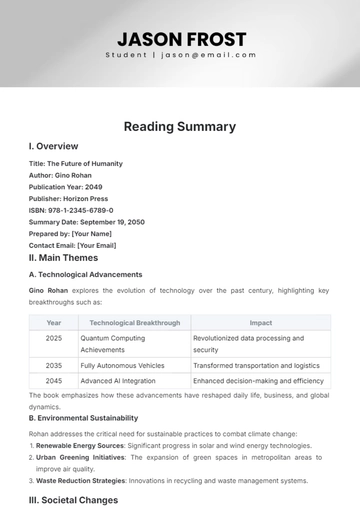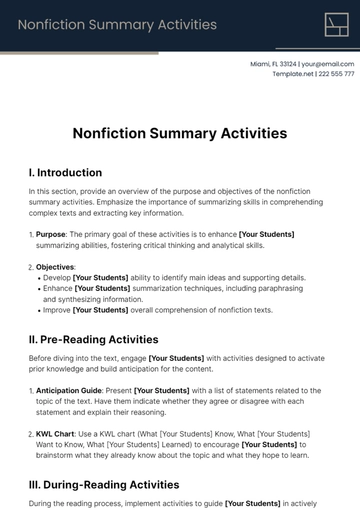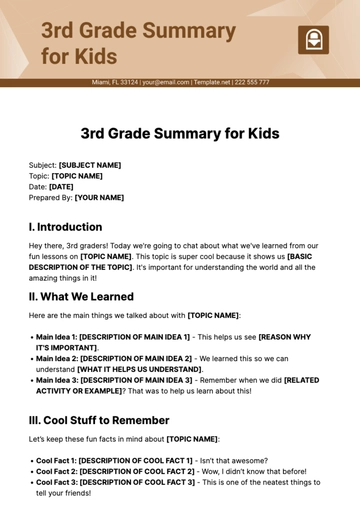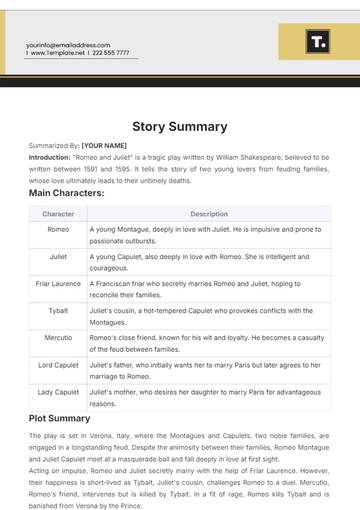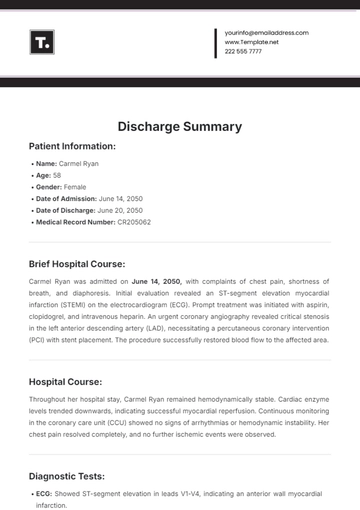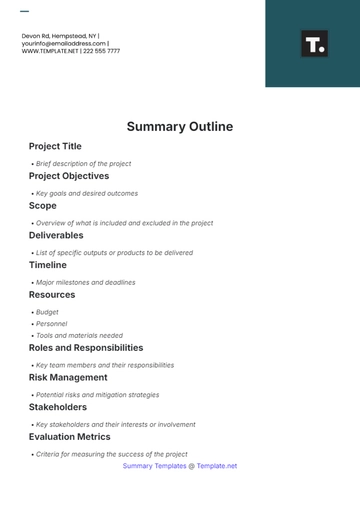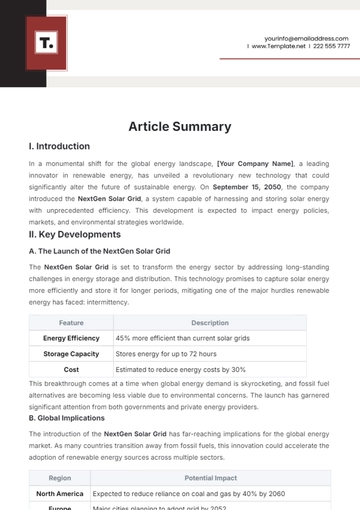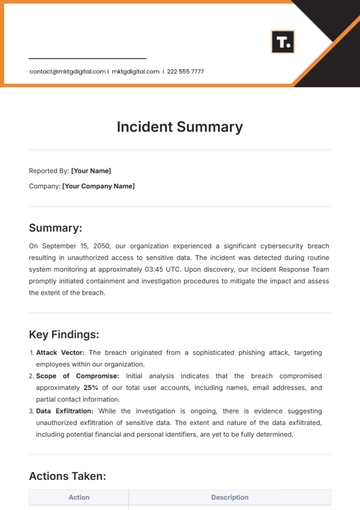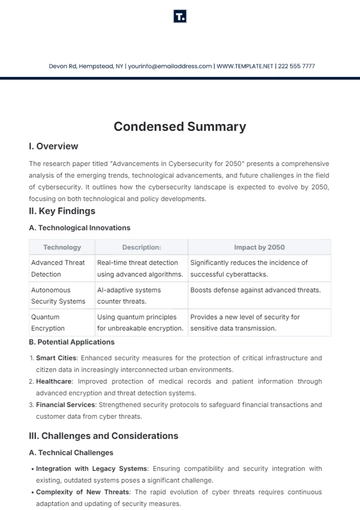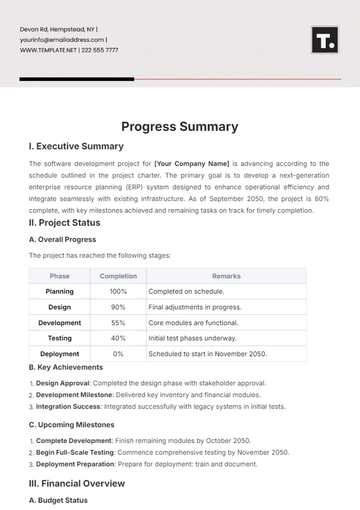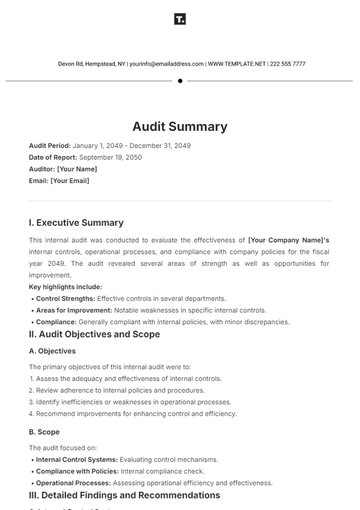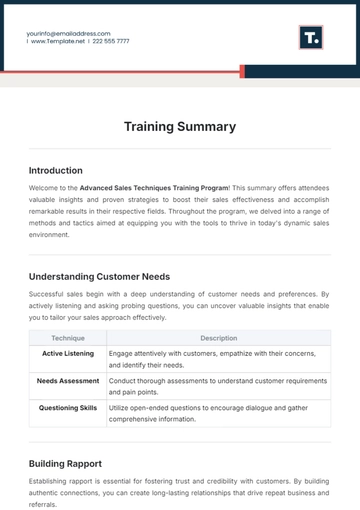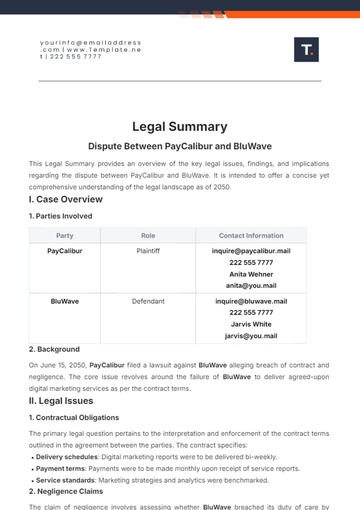Investigation Summary
Introduction:
Under the directive of [SENIOR MANAGEMENT TITLE], an internal audit has been initiated to assess [YOUR COMPANY NAME]'s global subsidiaries' compliance with anti-corruption protocols. This audit aims to ensure adherence to legal obligations and ethical standards across all operational regions. As regulatory demands evolve, maintaining robust anti-corruption measures is imperative. This assessment seeks to identify and address any potential non-compliance within our international subsidiaries, reinforcing our commitment to ethical conduct and accountability across the organization.
Audit Scope:
The audit encompassed all international subsidiaries of [YOUR COMPANY NAME], focusing on key areas including:
Examination of Financial Transactions:
Reviewing financial transactions and records across all international subsidiaries of [YOUR COMPANY NAME] to ensure accuracy and compliance with anti-corruption policies.
Evaluation of Due Diligence Processes:
Assessing vendor and third-party due diligence procedures to identify any gaps and ensure thorough compliance with regulatory requirements.
Analysis of Compliance Measures:
Reviewing the implementation and effectiveness of internal controls, employee training, and awareness programs within [YOUR COMPANY NAME]. Additionally, conducting an assessment of reported incidents or concerns related to corruption to address any issues promptly.
Key Findings:
Following a comprehensive audit process, the key findings are summarized as follows:
Area Assessed | Compliance Metric | Findings |
|---|
Financial Transactions | [COMPLIANCE METRIC] | [BRIEF SUMMARY OF FINDINGS] |
Vendor Due Diligence | [COMPLIANCE METRIC] | [BRIEF SUMMARY OF FINDINGS] |
Employee Training | [COMPLIANCE METRIC] | [BRIEF SUMMARY OF FINDINGS] |
Internal Controls | [COMPLIANCE METRIC] | [BRIEF SUMMARY OF FINDINGS] |
Reported Incidents | [COMPLIANCE METRIC] | [BRIEF SUMMARY OF FINDINGS] |
Recommendations for Improvement:
Based on the findings, the following recommendations are proposed for enhancing compliance with anti-corruption policies and procedures:
Strengthen Vendor Due Diligence:
Implement a standardized process for conducting due diligence on vendors and third-party entities within [YOUR COMPANY NAME], ensuring comprehensive documentation and risk assessment.
Introduce enhanced background checks, including financial integrity assessments and reputational screenings, to mitigate the risk of engaging with high-risk vendors.
Establish clear communication channels between procurement teams and compliance officers to promptly address any red flags identified during the due diligence process.
Enhance Employee Training:
Revise and standardize training programs within [YOUR COMPANY NAME] to increase employee awareness of anti-corruption policies, with a focus on practical scenarios and compliance protocols.
Develop tailored training modules for different departments and job roles, incorporating industry-specific examples and case studies to resonate with employees' daily work experiences.
Provide opportunities for interactive training sessions, such as workshops and seminars, to encourage active engagement and facilitate a deeper understanding of ethical decision-making.
Review Internal Controls:
Conduct a detailed review of existing internal controls within [YOUR COMPANY NAME], identifying gaps and implementing additional measures to mitigate corruption risks effectively.
Enhance the monitoring and surveillance capabilities of internal control systems, leveraging advanced technology solutions such as data analytics and artificial intelligence to detect anomalous patterns indicative of potential corruption.
Foster a culture of compliance and accountability by promoting regular communication and feedback mechanisms between management and employees regarding the effectiveness of internal controls and opportunities for improvement.
Timeline for Implementation:
The implementation of the recommendations is scheduled as follows:
Strengthen Vendor Due Diligence: Target completion within [TIME FRAME], with ongoing monitoring thereafter.
Enhance Employee Training: Roll out revised training programs within [TIME FRAME], with periodic assessments and updates.
Review Internal Controls: Conduct a thorough review within [TIME FRAME], followed by phased implementation of control enhancements over the subsequent [TIME FRAME].
Conclusion:
In conclusion, the internal audit has provided valuable insights into the compliance status of our international subsidiaries with anti-corruption policies and procedures. By implementing the outlined recommendations in a timely manner, [YOUR COMPANY NAME] can strengthen its commitment to ethical business practices and mitigate the risks associated with corruption effectively.
Prepared by: [YOUR NAME]
Summary Templates @ Template.net
